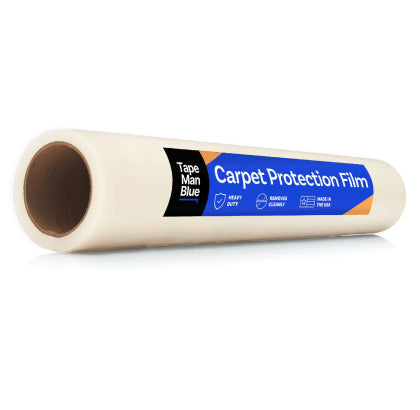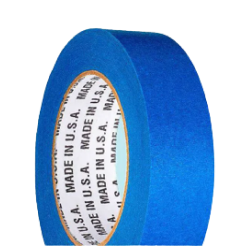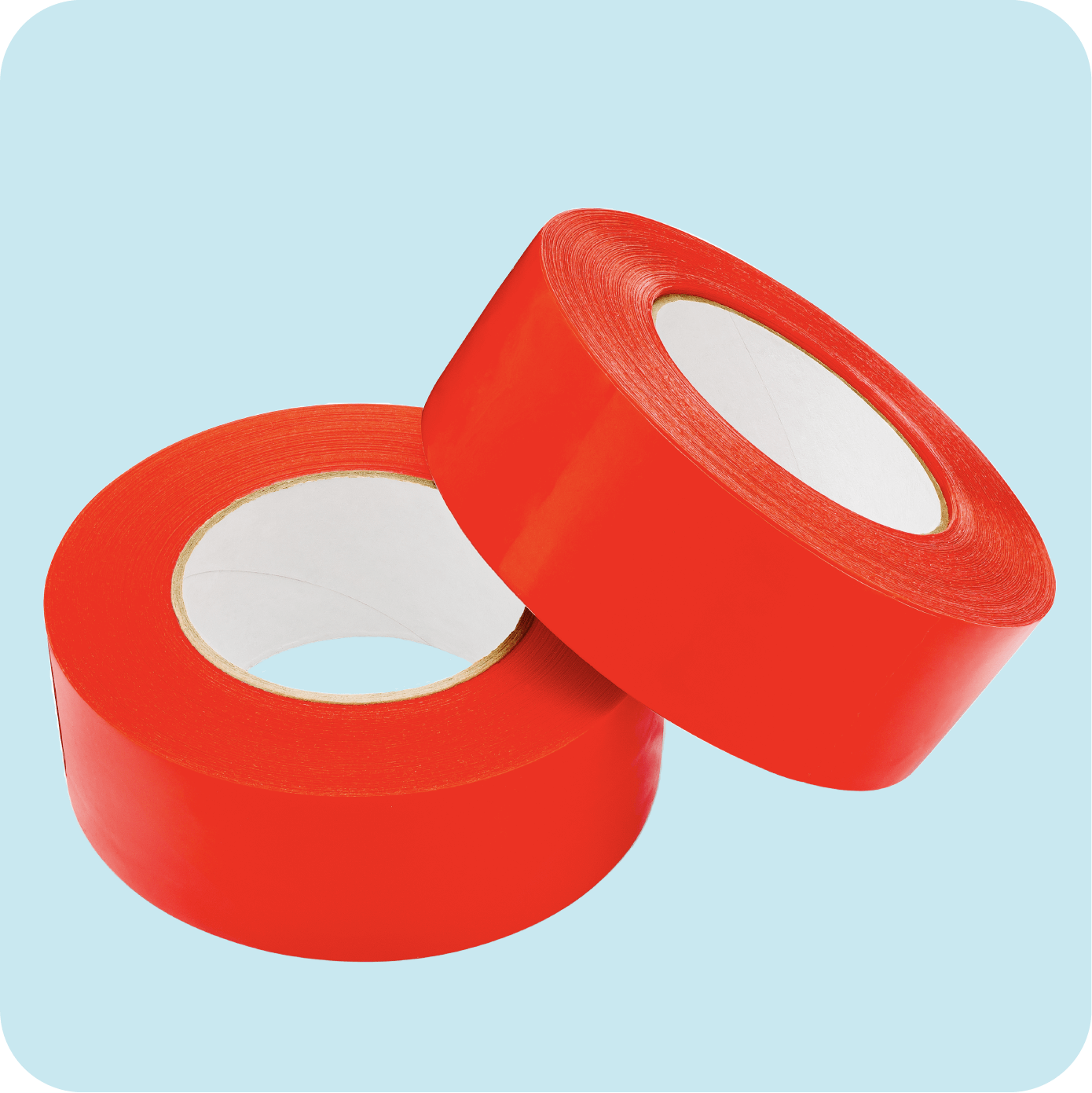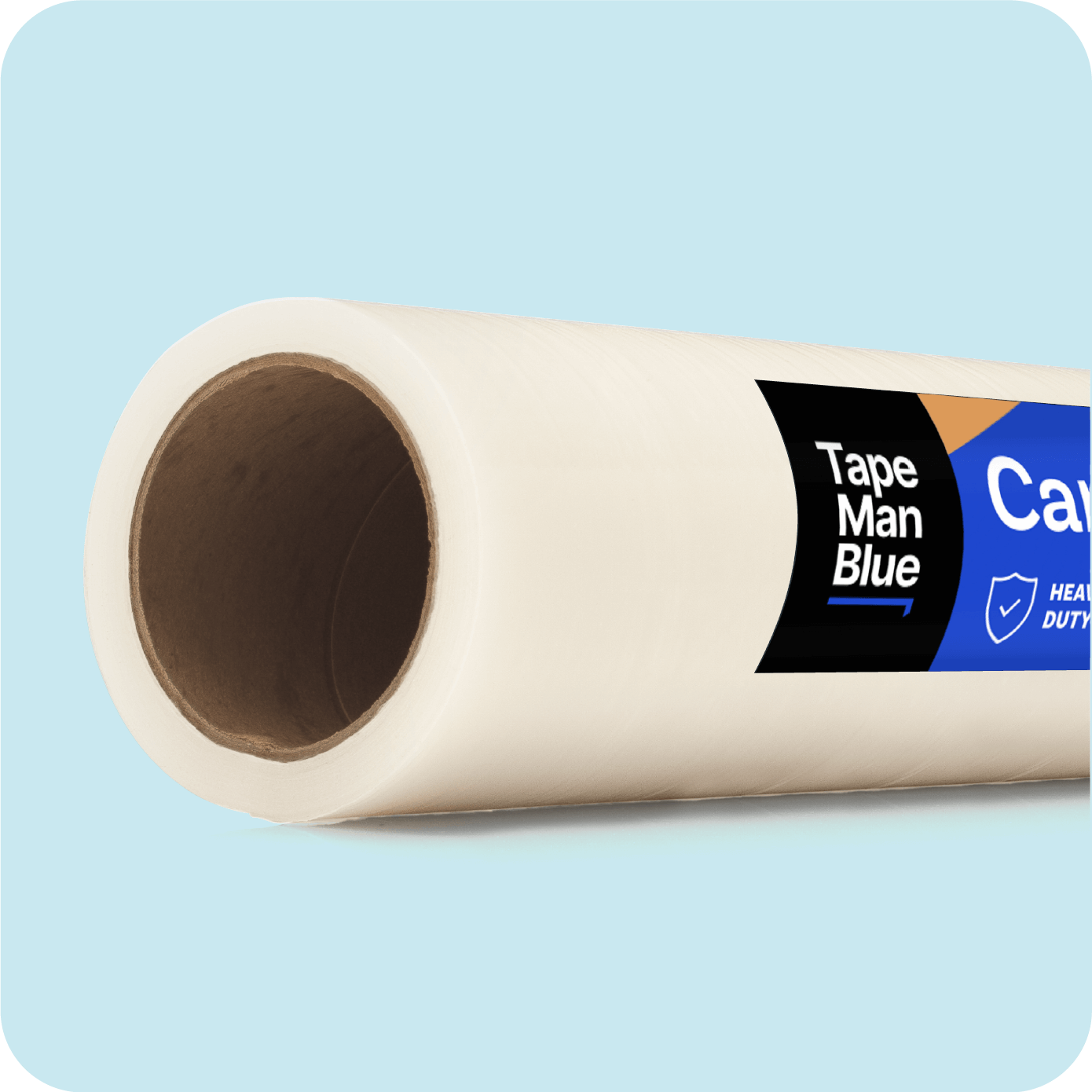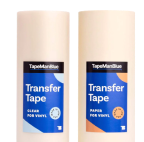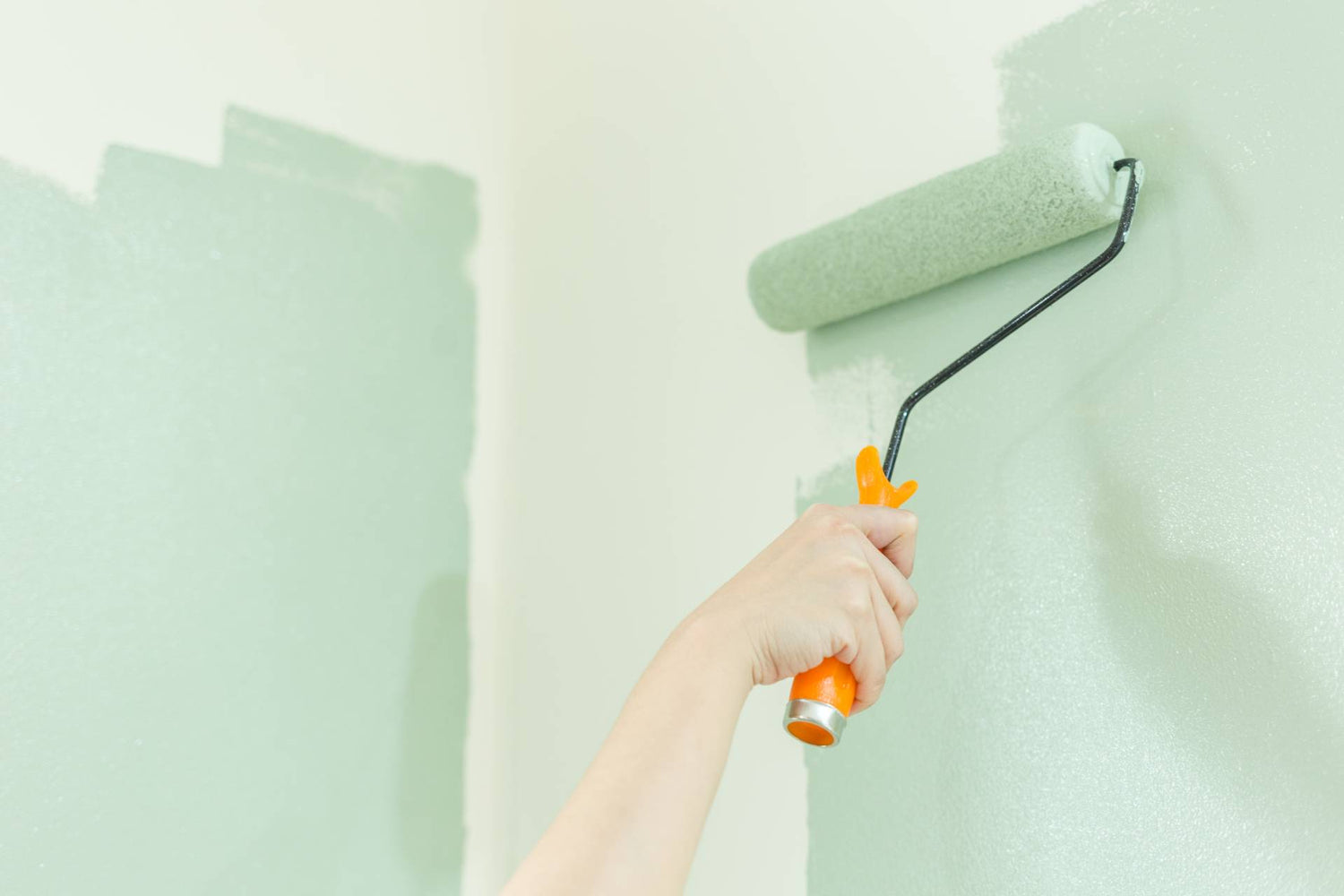
Choosing the right tools is crucial before launching into any painting project. Your budget, the size of the undertaking and the amount of time you have to complete it are essential factors to consider in your planning.
Choose from a wide range of brushes, rollers and sprayers to get the job done as efficiently as possible. Each tool has advantages and drawbacks when considering the material you are working with and the desired finish.
Brushes Are Ideal for Smaller Paint Jobs
Brushes are small and pliable, making it easier to control the paint you are working with. This makes them ideal for painting details, creating a textured effect and accessing tight corners and recesses.
There are various types of brushes to choose from, depending on the type of paint you will be using:
- Natural bristles: Brushes made with natural bristles, such as ox hair, are preferred when working with the oil-based paints used on doors and cabinets.
- Artificial bristles: Nylon or polyester brushes are best for jobs requiring water-based paints and when working with thin substances like stain or polyurethane finishes.
- Foam: Foam brushes are a great choice when painting window casings and moldings to achieve a smooth finish.
Roller vs. Brush Painting
Rollers can hold a lot of paint, letting you paint over a larger surface area at once. They also discharge the same volume of paint with each lap, so the paint surface is covered evenly. A roller also lays down a thicker layer of paint with each pass, making roller painting a better choice when coating large, smooth, level surfaces such as walls and ceilings.

Consider the type of paint you'll be working with when choosing a roller for any job. Plastic rollers are designed for jobs that require water-based paint. Rollers made from natural fibers are intended for solvent-based paints and sponge rollers are ideal for working with oil-based paint.
There are several models of rollers you may want to explore for your next paint job:
- Manual rollers: These are the most commonly used rollers. You can add extensions to the handle to lengthen their reach.
- Pad rollers: These are designed with small wheels along the sides of a flat pad and are excellent for avoiding messy drips and paint splatter.
- Textured rollers: These rollers are etched with decorative patterns for a textured finish on your work.
- Speciality rollers: You may need these if the job requires working with suede paint, light plasters or very thick mediums, such as latex.
- Power rollers: You might consider using these if you have access to a power supply at the painting site. These have a container that pumps paint into the roller head through the connecting hose, eliminating the need to refill your paint tray. These rollers can thus save you a lot of time when working on large painting projects.
Using a Paint Sprayer vs. Roller
You can use a paint sprayer on many different surfaces, easily handling flat walls, awkward shapes and corners. You will not need a ladder to cover the entire surface area, and you can apply paint to even the narrowest of crevices, covering cracks, bumps and gaps with ease. This makes sprayers ideal for painting textured surfaces such as brick walls, popcorn ceilings and hard-to-reach furniture parts. Sprayers are a highly versatile paint tool that can also be used to apply varnish, stain and lacquer, letting you tackle numerous jobs.
Spray painters require some practice to master the technique to achieve a smooth, even finish. The high risk of overspray when using a sprayer makes it best suited for outdoor projects. You can use a paint sprayer inside in emptied rooms.
There are two categories of sprayers:
- Airless sprayers: These sprayers use pressure to push paint to your spray gun through a hose. The paint is atomized into droplets as it goes through the tiny opening in the spray tip.
- Air compressor powered sprayers: Air powered sprayers use pressurized air from a compressor to release a finely atomized paint mist. These sprayers minimize waste by reducing overspray.
Sprayers need to be dismantled and flushed of any remaining paint before storage to ensure the components are clean for optimal use in the future.
Wearing goggles, a mask and gloves are necessary when using a sprayer to avoid breathing in the paint that’s floating around you as you work. High-pressure sprayers also shoot paint with tremendous force, which could penetrate the skin.
Choosing the Right Tool for Your Budget
Cost is an essential factor when choosing tools. Although sprayers are more expensive than rollers and brushes, their multipurpose nature allows you to derive more use over time. With proper maintenance, this machine can last you for many years.
A sprayers' versatility could also end up saving you money on future purchases needed to tackle various paint jobs. Additionally, a good paint roller may cost more than a sprayer. These tools are often more expensive than a basic airless paint sprayer.
Sprayers use about 33 percent more paint than rollers do, which could hike up your paint costs in the long run. However, since one person can cover larger areas in a fraction of the time, sprayers could offer significant savings in labor costs compared to using rollers or brushes.
On the other hand, sprayers could increase labor hours for the preparation needed on any spray job. When using a sprayer, the paint surface must be scraped, sanded and cleaned before you can start painting. You also need to mask off any area you don’t want the paint to land on with a good painter's tape. This process ensures you get the clean lines and look you want.
All three of these painting techniques have unique strengths, and most professionals combine different tools to work on any job. For instance, rollers could be used for large, flat surfaces, while brushes are applied for the finer work on narrow areas such as the trim and window frames.
Choose TapeManBlue for Seamless Paint Jobs
Whether you roll, spray or brush your paint, high-quality taping can ensure precise, even lines. TapeManBlue offers professional-grade painter's tape for best results every time. Check out our blue painter's tape for a clean finish. Consider our high tack green painter's tape if you're working on an uneven or exterior surface.
Shop Blue Painter's Tape
